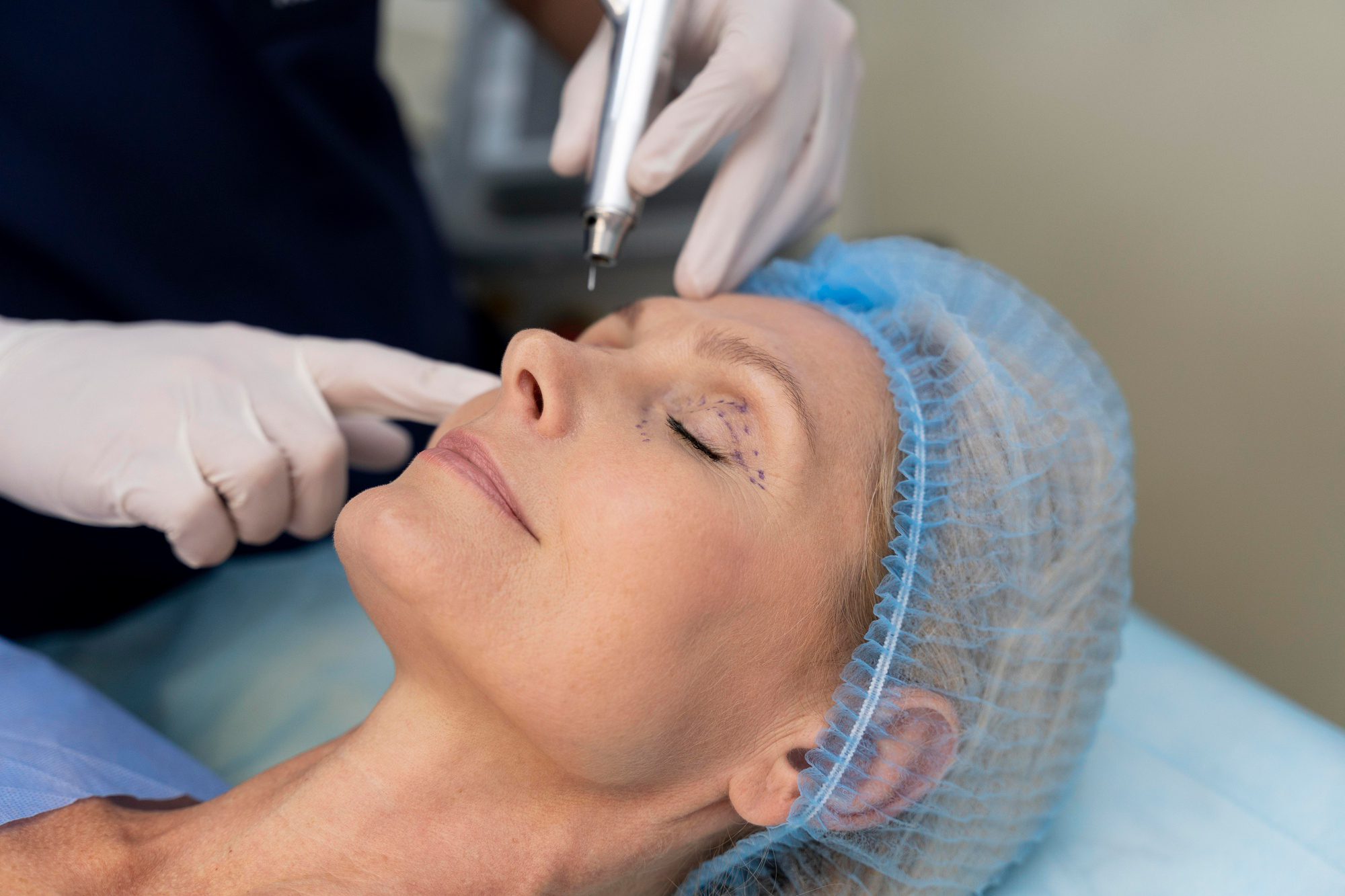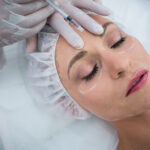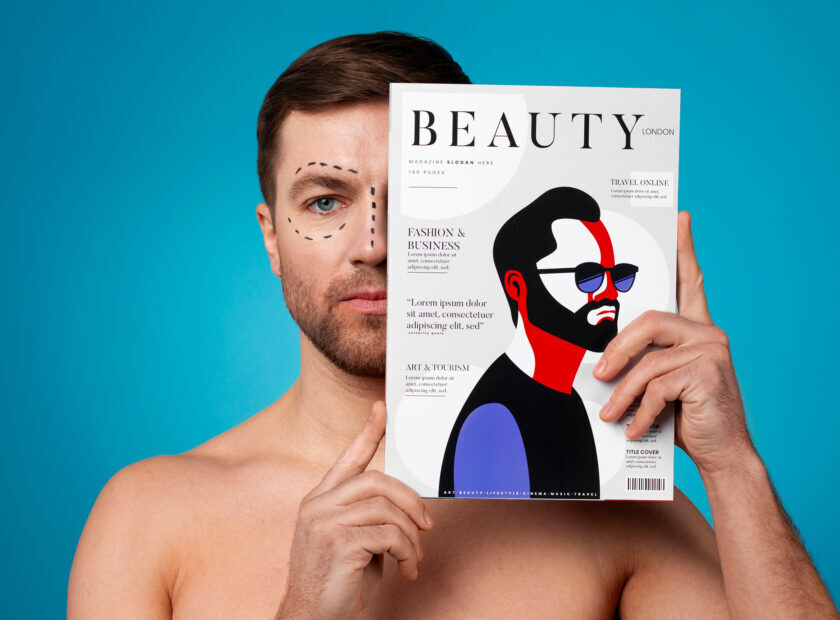What is facial PRP?
P
PRP facial is one of the rejuvenation methods for the face and neck areas. Skin problems on the face and neck, including wrinkles and light damage, can be treated with PRP injections.
Platelet-rich plasma, abbreviated as PRP, is a biological product that has a wide range of applications in medicine and therapy. For the first time in 1970, hematologists used this product in the treatment of a certain type of blood disease.
Recently, the use of PRP for facial skin rejuvenation has received much attention, and one of the benefits of PRP facial is PRP for facial blemishes. Due to the presence of platelets, growth factors and other proteins in blood plasma, it has a special ability to repair cells and speed up this process, thus causing skin rejuvenation, freshness and freshness.
Common skin lesions in the face and neck area, such as wrinkles, sunburn and its resulting discoloration, blemishes, and acne scars, can be treated with PRP injections.
What are the effects and benefits of facial PRP?
In this method, by utilizing the healing and regenerative properties of PRP, the skin is helped to accelerate and improve the rejuvenation process and eliminate problems such as scars and skin blemishes.
- Platelets have secretory granules containing chemicals that are essential for their function. In addition to preventing bleeding, platelets are effective in angiogenesis, cell proliferation, and inflammatory processes.
- The presence of the appropriate concentration of platelets and growth factors in PRP helps stimulate cell division and collagen production. Below, we will explain how PRP works in the process of scar repair and skin rejuvenation, based on reputable scientific articles.
When a part of your skin is injured, the wound environment is biochemically altered in a way that impairs the healing process of severe wounds and ultimately leaves a scar. In addition, increased levels of protein-degrading enzymes (proteases) reduce the levels of growth factors in the wound area.
By using the PRP method in wound healing, the appropriate concentration of growth factors and platelets is injected into the wound site, resulting in faster and better wound healing.
According to an in vitro study (outside the living body and in the laboratory), PRP can increase the proliferation of skin fibroblasts (a very important type of skin cell) and the production of type I collagen.
Additionally, based on histological evidence, PRP injection into the deepest and thickest layer of the skin increases local blood flow, increases soft tissue, fibroblast count, and collagen levels. All of this evidence suggests that PRP is effective in skin rejuvenation, eliminating skin lesions, and even stimulating hair growth.





